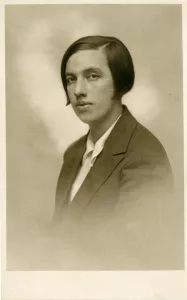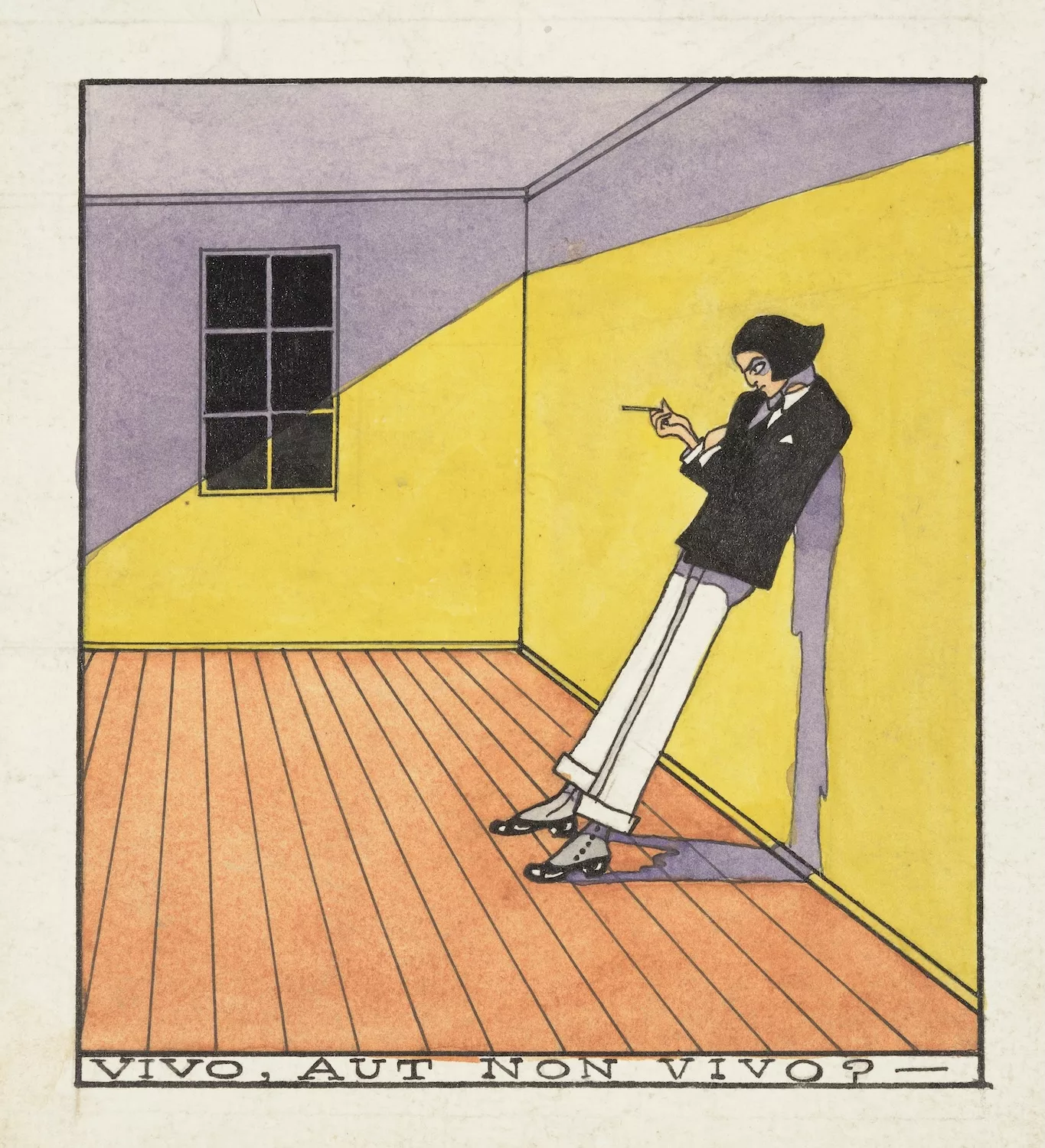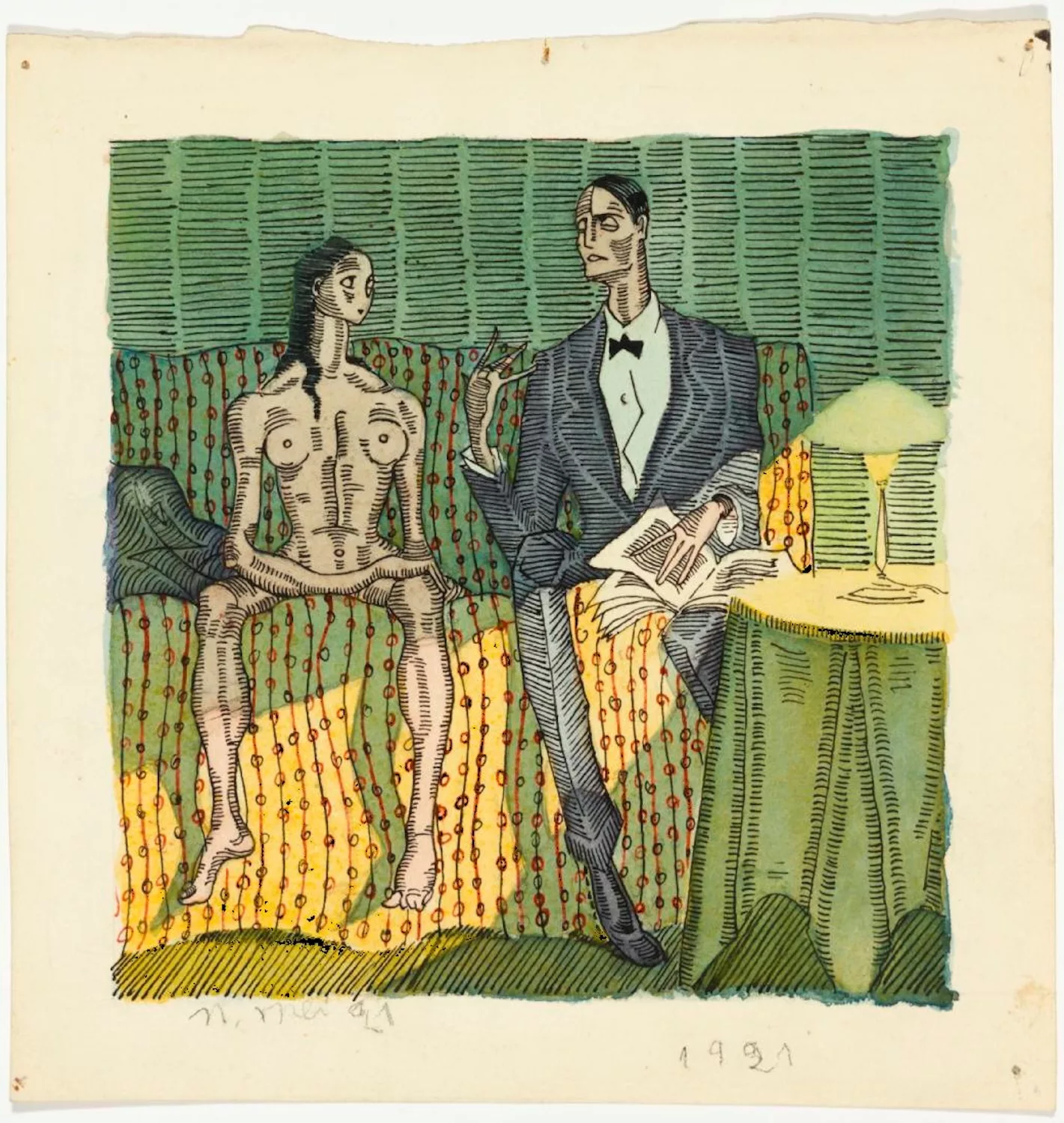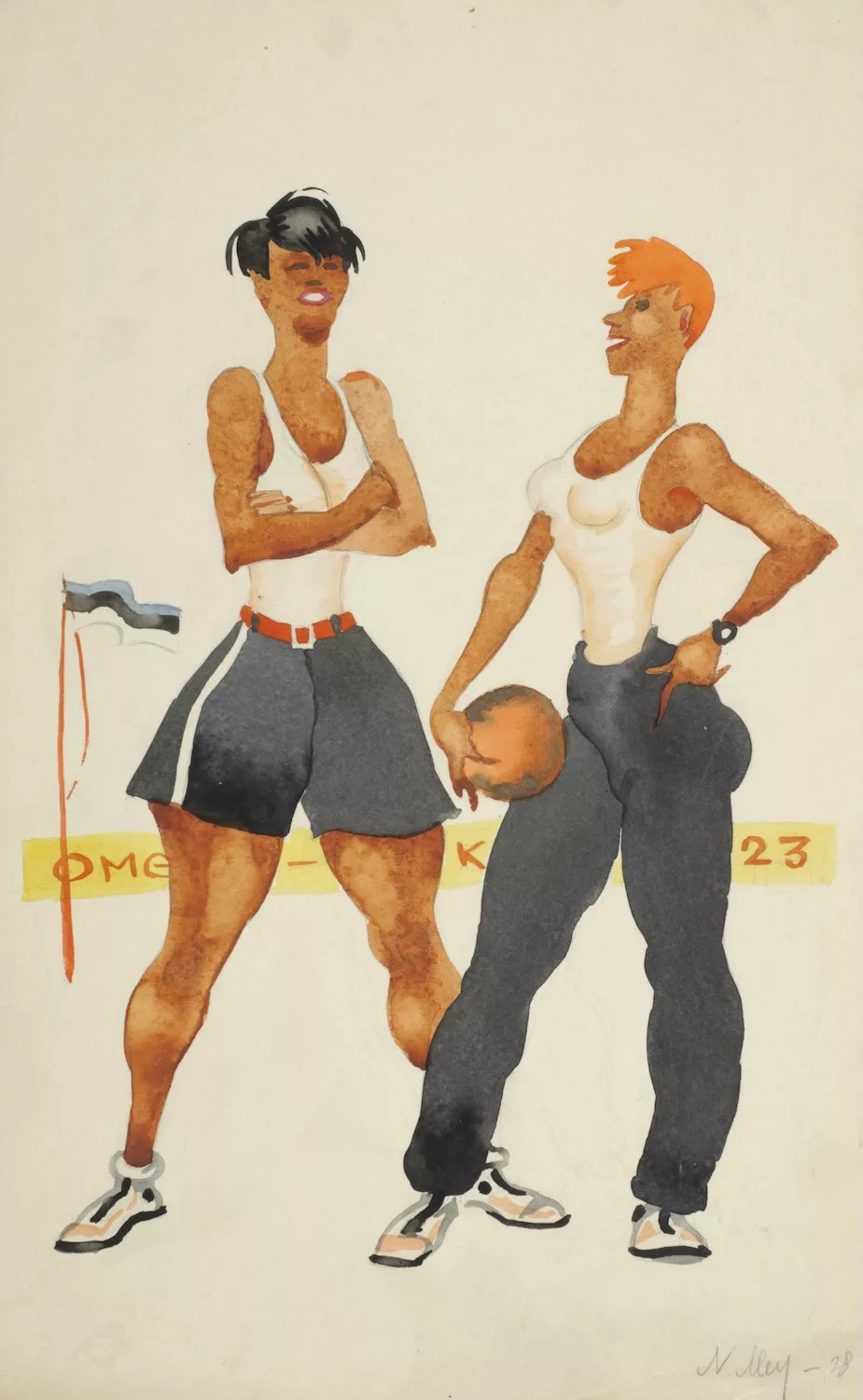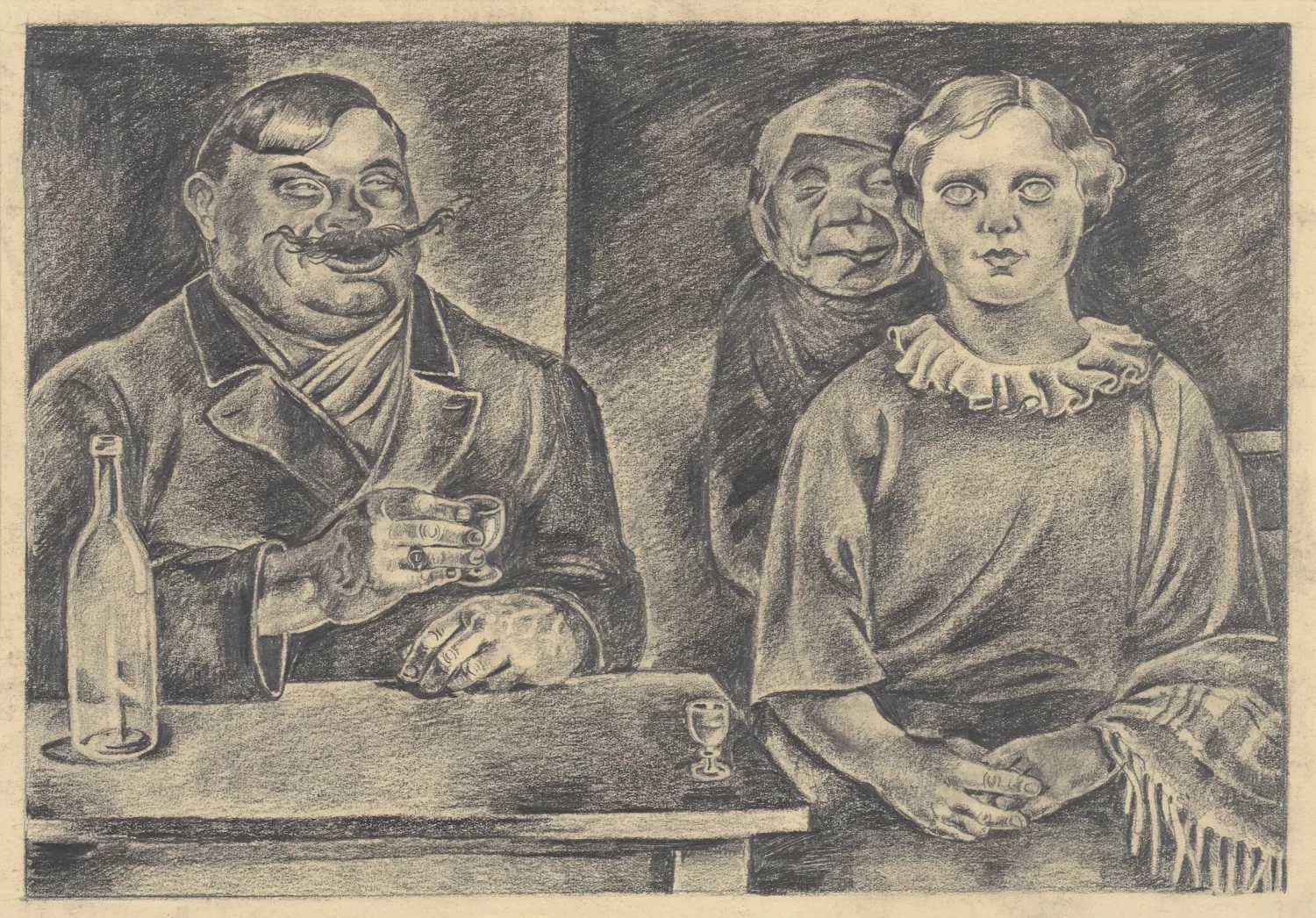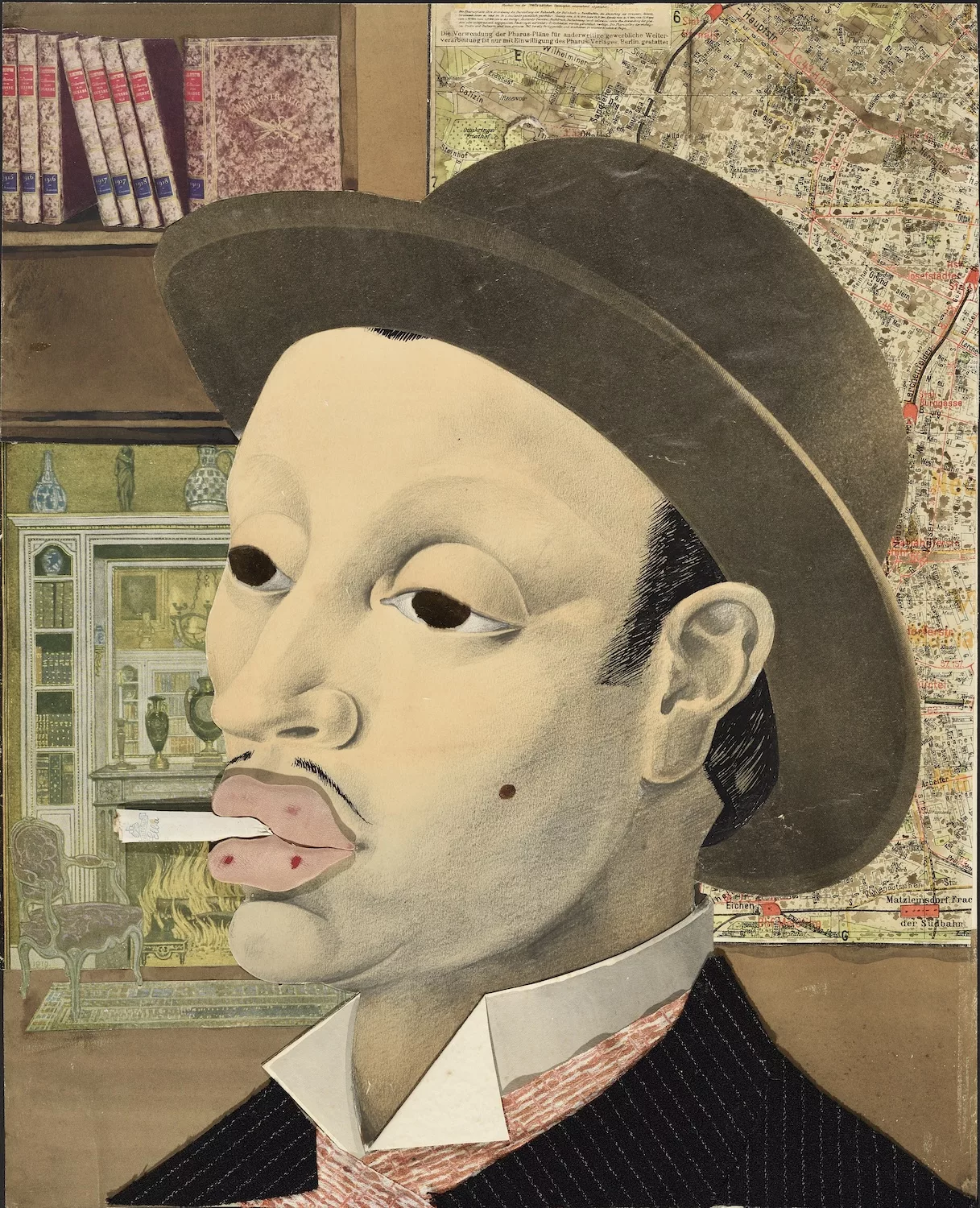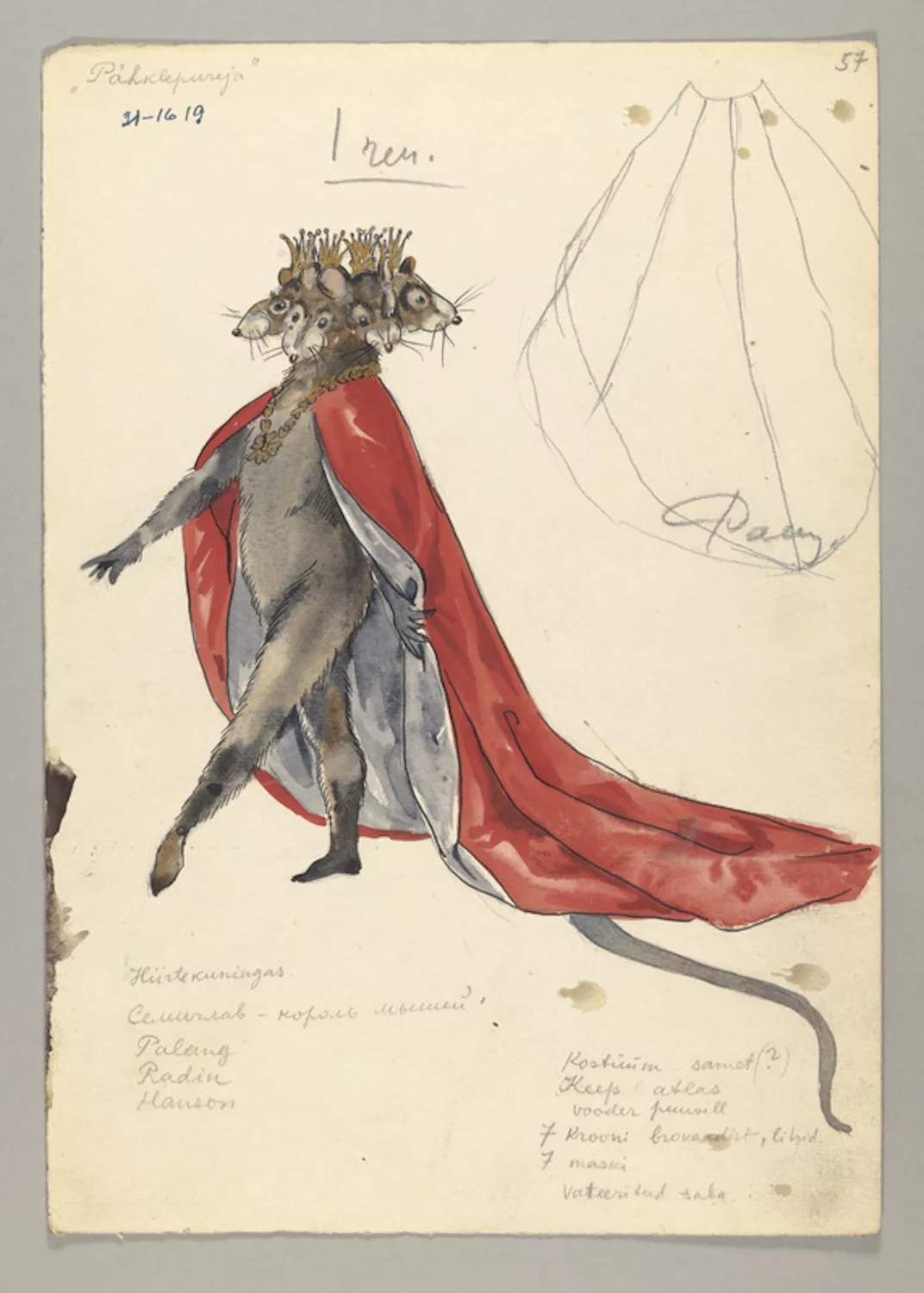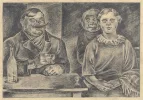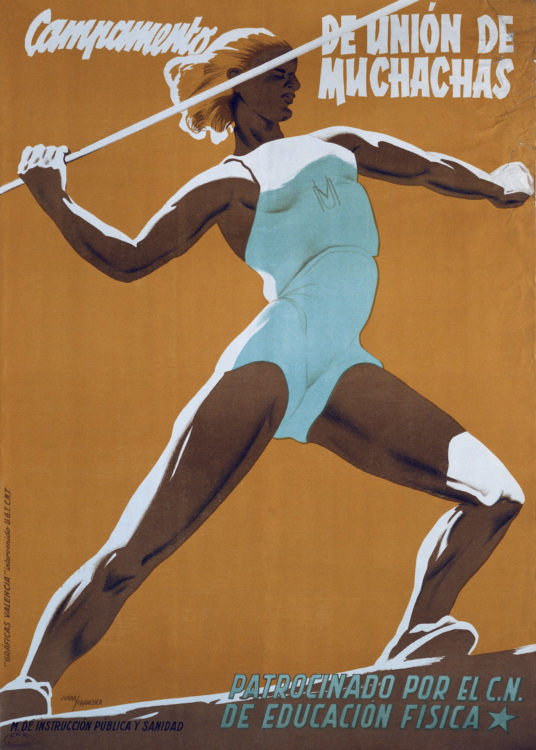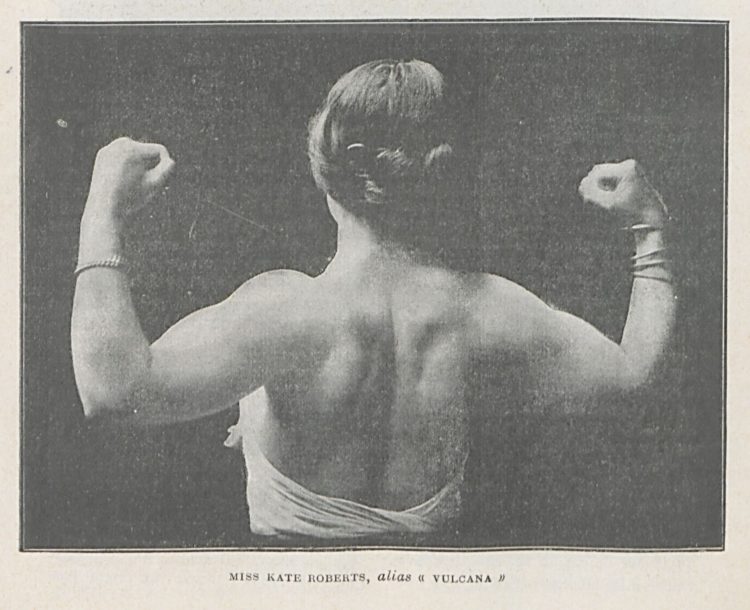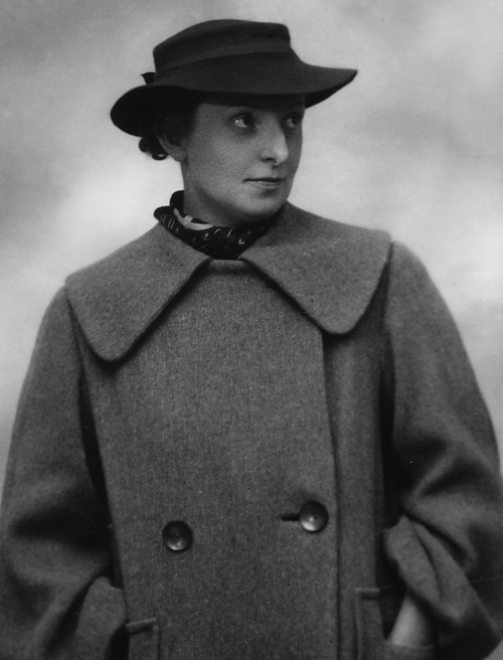Natalie Mei
Kai Stahl, Kanni Labi, Kristi Metste, Mari Õunapuu, Neiud kui Lutsud. Natalie Mei kirjad Karin Lutsule 1923–1928 [Maidens as Sluts. Natalie Mei’s Letters to Karin Luts 1923–1928], 2025
→Kai Stahl, Dualismit marginaaleissa: Naistekijyys ja modernisaatio Natalie Mein 1910–1920-lukujen tuotannossa [Dualisms at the Margins: Feminism and Modernization in Natalie Mei’s Work of the 1910s–1920s], 2023
→Kai Stahl, Ainulaadne sõsarkond. Õed Kristine, Lydia ja Natalie Mei [A unique sisterhood. Sisters Kristine, Lydia and Natalie Mei], Tallinn, Art Museum of Estonia, 2020
The Mei Sisters: Avant-Garde and the Everyday Life, Kumu Art Museum, Tallinn, Estonia, 13 March – 31 August, 2025
→Natalie Mei teoste näitus, Tallinna Riiklik Kunstimuuseum, Tallinn, Estonia, 1962
→Kunstiühing Pallase III näitus, Raekoja plats 8, Tartu, Estonia, 11 May– 1 June, 1919
Estonian painter, graphic artist and theatre artist.
Natalie Mei was one of the first professionally trained Estonian women artists, best known for her innovative contributions to theatrical costume design and her avant-garde drawings, watercolours and assemblages. She often included in her works themes that were unusual for female creators, making her one of the most outstanding modernists in the developing Estonian art scene.
N. Mei was born in Liepāja, where her father, a seafarer native to Hiiumaa island, was stationed, working as a naval captain for the Russian Empire. Her slightly older sisters Kristine (1895–1969) and Lydia (1896–1965) also became accomplished artists. In 1912 the family moved to Tallinn, where the sisters began their artistic journeys and gathered around them a rich circle of friends, consisting of various cultural figures.
In 1918 N. Mei began her formal art studies at the Society for the Advancement of the Arts drawing school in St Petersburg, and later continued her education in Tallinn under the painter Nikolai Triik (1884-1940). In 1921 she enrolled at the recently opened Art Society Pallas art school in Tartu, where she was one of the first four graduates. Immediately after graduating she began her long teaching career, starting as a drawing teacher at Võru Teachers’ Seminary, and a year later at the Girls’ Secondary School of Commerce in Tallinn. From the 1940s she worked as a professor in the textile department at the predecessor of the Estonian Academy of Arts.
In addition to teaching, she worked as a freelance artist and illustrator. Her clever and often satirical work, which represented modernist art movements popular at the time, such as Cubo-Futurism, New Objectivity and verism, provoked both human emotion and social critique. For example, in her drawings Naised [Women, 1928] and Kupeldaja [Procurer, 1928], which deal with the subject of sex workers, her empathetic approach differs from that of the male artists of that time. Other characters of the modern world she depicted included the professional athlete, New Woman and the dandy – the last most famously in her assemblage Mehe portree [Portrait of a Man, 1932], where the third dimension was achieved by filled lips, with a real cigarette stuck between them. She also created book illustrations and published editorial cartoons under the pseudonym Hans Kunert, touching on themes of gender, identity and modernity, often with a satirical edge. N. Mei was one of the most popular woman artists in Estonia in the interwar period and her works were bought by the Estonian Cultural Endowment.
From 1929 she worked as a theatrical costume and set designer at the Estonia Theatre in Tallinn. At a time when most productions reused old costumes, N. Mei brought a fresh approach, creating original, character-driven designs for each performance. Her theatrical work was noted for its bold style, symbolism and ability to elevate storytelling through visual elements.
N. Mei passed away in 1975, but her influence endures. Today, she is remembered as a pioneer whose vision helped define Estonia’s artistic identity in the 20th century.
The Estonian Theatre and Music Museum as well as many other Estonian museum collections hold thousands of N. Mei’s theatre costume and set designs, but most of her art works have been lost or scattered to private collections, with some examples in the collections of the Art Museum of Estonia and Tartu Art Museum. Many of her significant art works were brought together and exhibited in the 2025 joint exhibition The Mei Sisters: Avant-Garde and the Everyday Life at Kumu Art Museum in Tallinn, Estonia. Some also belong to the museum’s permanent exhibition.
A biography produced as part of AMIS: AWARE Museum Initiative and Support
© Archives of Women Artists, Research and Exhibitions, 2025


